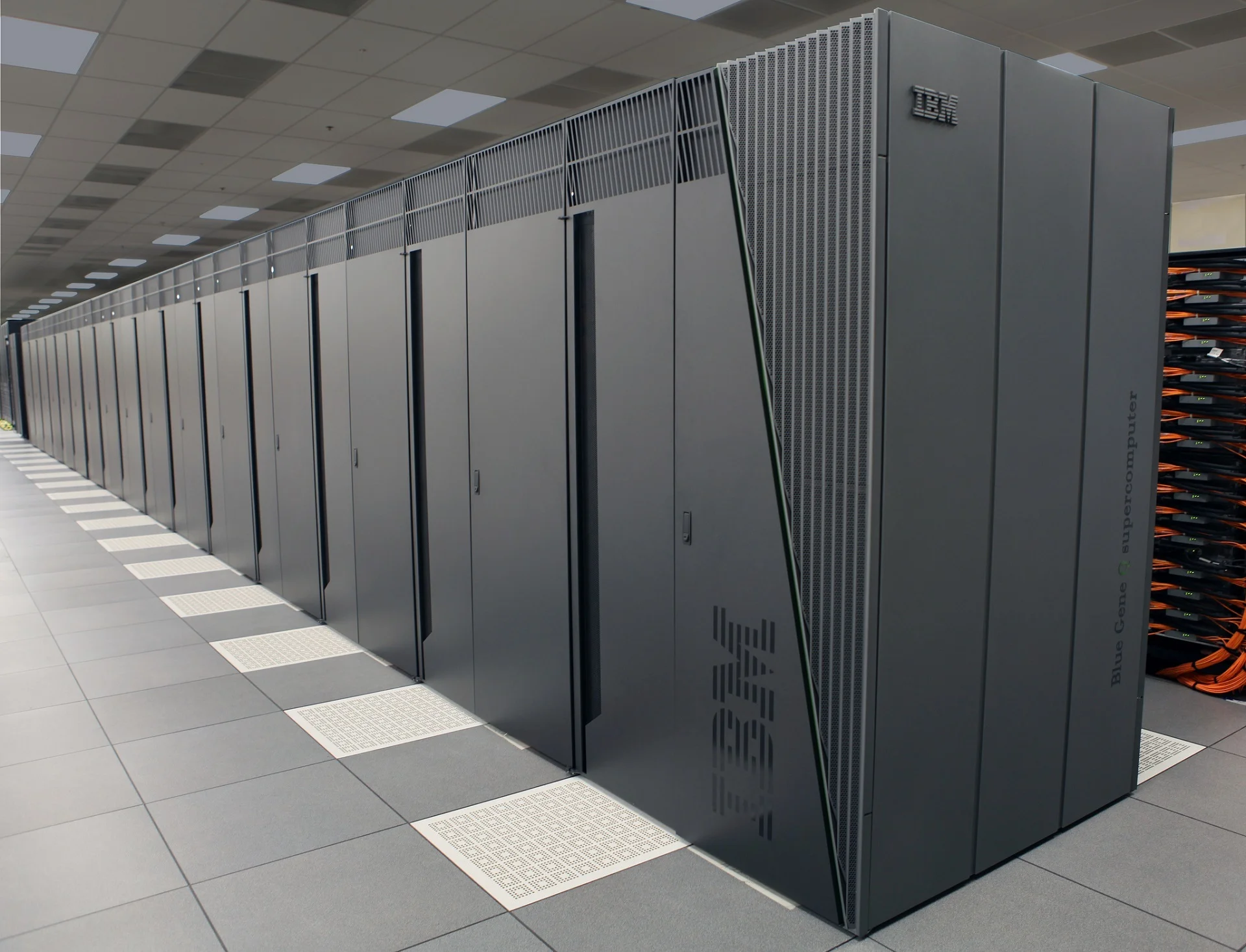“We help companies define what they want from their technology, and build a straightforward plan for the strategic investment needed to achieve it.”
Ignite works with companies of all sizes to discover and articulate what they want out of their technology. We start by discussing the business drivers and goals that the senior management envision for the company, and work backwards from there to build a comprehensive and flexible System Architecture design that achieves those goals. Think of your System Architecture as a roadmap, guiding your technology investment over time to get you to your destination on time, in the most efficient manner possible.
If your company has an internal IT team, having a solid System Architecture and technology investment roadmap is critical to both your success and theirs.
Strategic Technology Investment
Just as you wouldn’t set off on a round-the-world adventure without a map and a plan, neither should you blindly invest in technology systems, platforms and applications in an adhoc fashion. This is a recipe for heartbreak - not only is there the potential for wasted investment, technology choices made years prior may restrict business opportunities into the future.
Because of this, it’s important to view your technology investment as a strategic asset and plan for it accordingly. With a solid System Architecture in place, any investment into the technology resources of your company are aligned to the over-arching Architecture and design, and dovetail into the business goals.
Investment timelines can be agreed and budgeted for well in advance, and projects managed according to available resources.
The Importance of Integration
As companies grow, it’s not uncommon for different teams or departments to invest in specialised systems to support their roles. This is not a bad thing, however it can cause headaches if this procurement style is allowed to proliferate unchecked. Disparate, non-integrated systems and applications end up forming their own little islands - silos of data that are very important to the specific teams, but unable to be shared easily across the organisation. Initially there may not be much of a need for this, but as the company grows and becomes more sophisticated, needing to enter (and update) a single customer’s details in multiple different systems, for instance, becomes both an efficiency drain on your team as well as a source of errors to creep in.
Having a well-defined and accepted System Architecture in place allows your company to grow whilst sidestepping a lot of painful (and expensive) consolidation down the track.
The Importance of Expandability
Here at Ignite, we’re big fans of the concept that nothing is ever “done”. We believe that the best way to achieve long term success for a project (or a System Architecture design) is to start small with a solid foundation that can be expanded upon. Not only does this derisk any projects, but it gives the company a chance to review the initial direction and design and fine-tune it to circumstances.
While it is certainly very important to “begin with the end in mind”, this needs to be balanced against the realisation that none of us can predict the future, so having a plan that allows for future expansion or change is critical.
The Importance of Modularity
When designing systems, it’s tempting to believe that what is currently available is the latest and greatest, and will suffice for many years to come. However, we know that technology moves fast - just look at how outdated last year’s mobile phone is! When designing a System Architecture and methodology to support your business, be sure to design it in such a way as the various components are modular and replaceable.
This pays dividends in many different ways - a competitor might launch a competing product that’s cheaper, or simply “better” than the original, and you want to take advantage of that. A vendor may go bankrupt, or be bought-out by a competitor who introduces onerous new contract conditions. Or your business requirements may simply change over time, and what was once appropriate is now holding you back.


